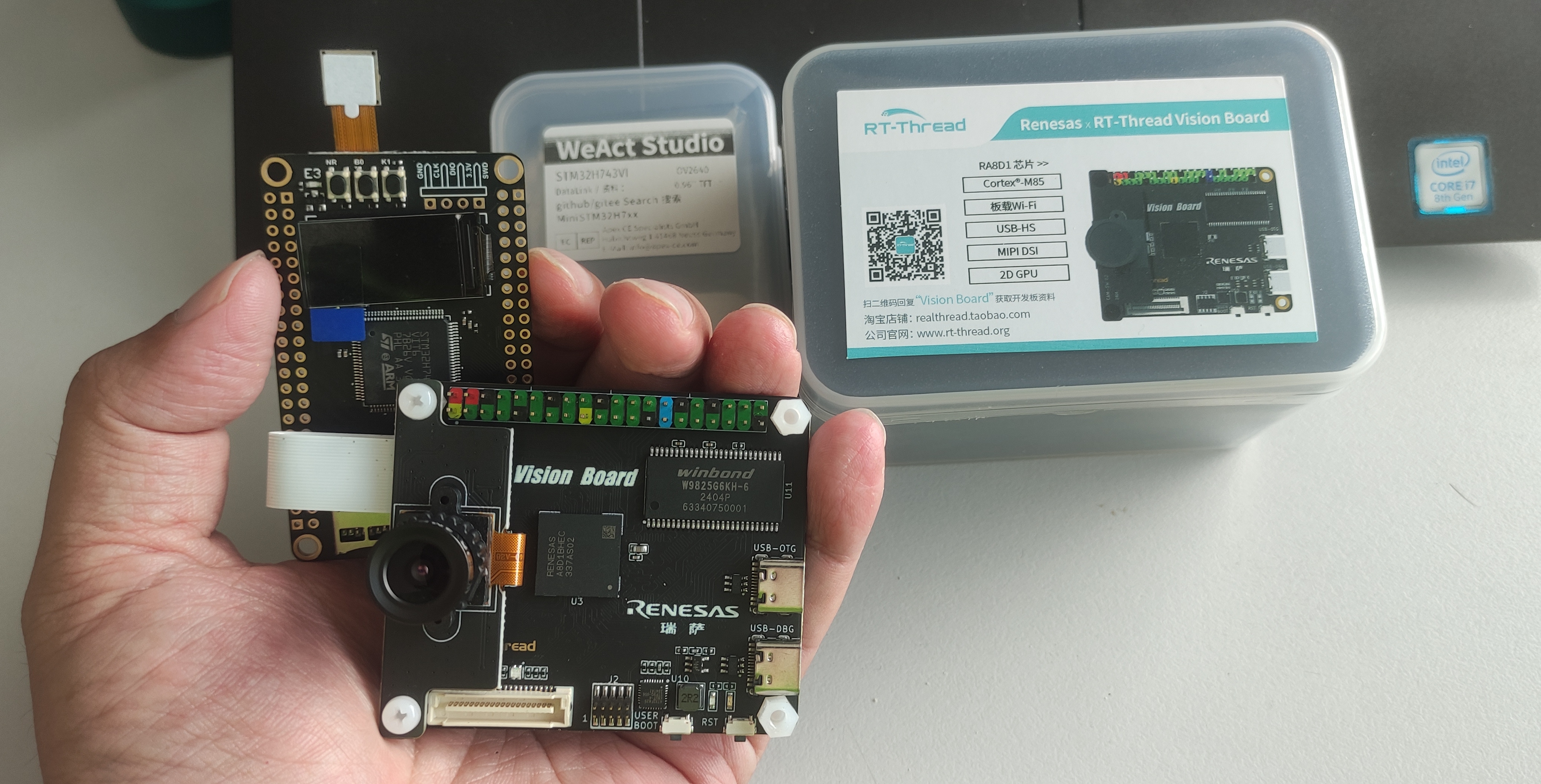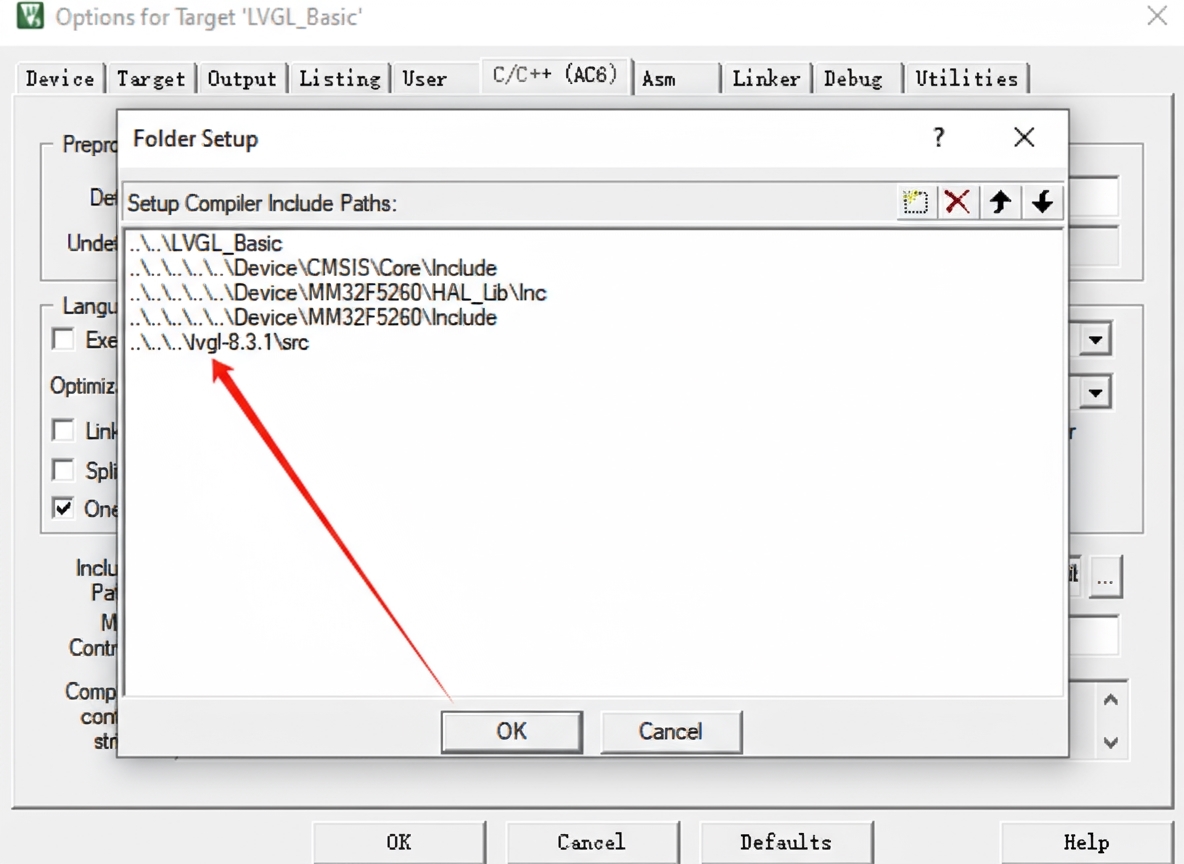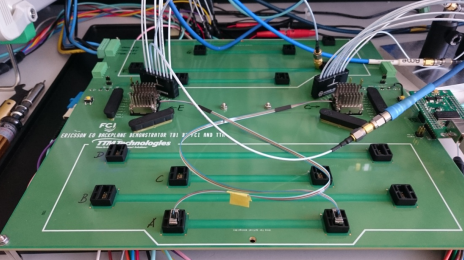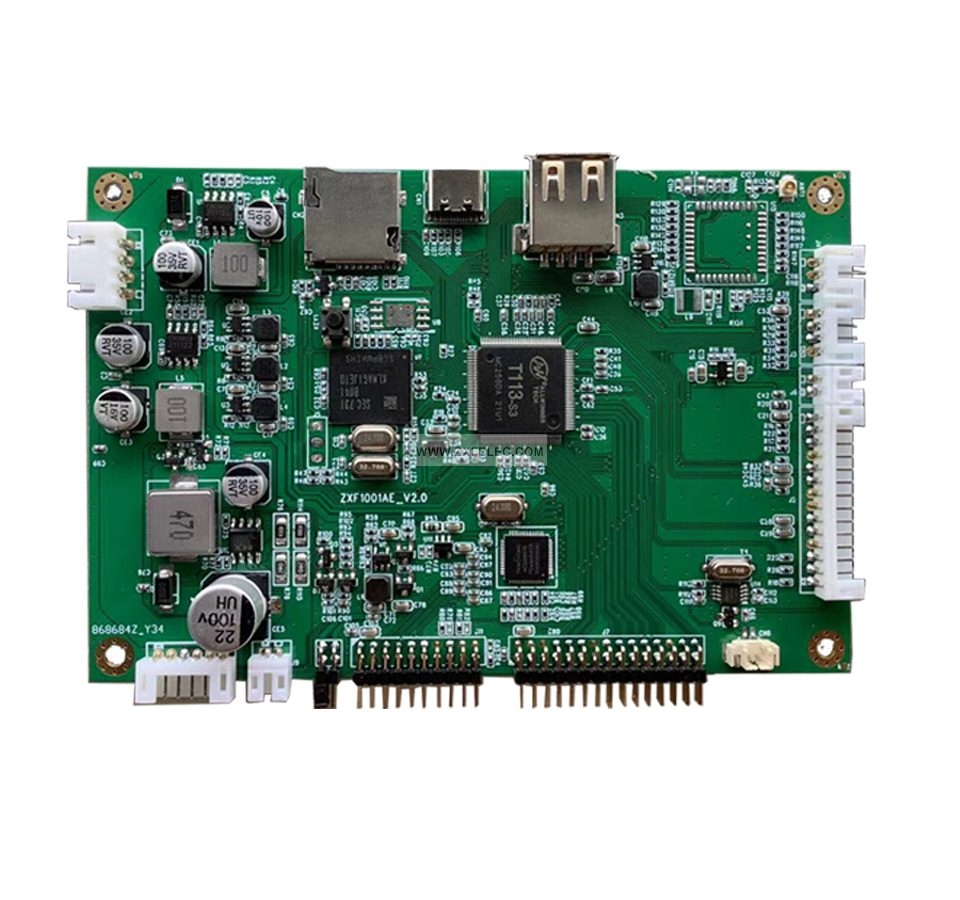Summary
Renesas introduced the RA8E1 and RA8E2 in November 2024. Both devices are in mass production and extend the RA8 series into higher-performance entry-level segments, aiming to reduce BOM cost and broaden the RA8 product range.
Product Details
- RA8E1: Targeted at high-performance entry-level general-purpose applications. Features a 360 MHz Arm Cortex-M85 core and integrates Helium, TrustZone, and optimized peripheral interfaces.
- RA8E2: Targeted at high-performance entry-level graphic display applications. Features a 480 MHz Arm Cortex-M85 core and integrates Helium, TrustZone, a TFT-LCD display controller, a 2D drawing engine, and other graphics modules.
Helium Vector Extension
Helium is Arm's vector extension for the Cortex-M family, formally specified as the Armv8.1-M M-Profile Vector Extension (MVE). It targets embedded devices that require efficient data processing, such as IoT endpoints, wearables, audio and image processing, and edge machine learning. The extension improves digital signal processing and machine learning workload performance while maintaining low power consumption.
Helium and the Neon unit in Cortex-A processors share similarities. Both use floating-point unit registers as vector registers and operate on 128-bit vectors, with many vector instructions being similar across the two architectures. However, Helium is a design tailored to constrained microcontrollers to provide efficient signal-processing capabilities.
Helium provides eight 128-bit vector registers. The register count is fixed. The vector registers share the same physical hardware unit with the FPU.
Tightly Coupled Memory (TCM)
TCM, or Tightly Coupled Memory, is a high-performance memory structure used in embedded systems to store critical code or data and to minimize access latency. TCM is closely coupled with the processor core to provide fast access and typically offers lower latency and higher bandwidth compared with general-purpose SRAM.
2D Drawing Engine (RA8E2 only)
The 2D Drawing Engine is a dedicated hardware module designed to accelerate graphical user interface rendering tasks. It is commonly used in embedded displays, industrial control panels, and consumer appliance screens to offload and speed up 2D drawing operations.
Target Applications
The RA8E1 and RA8E2 address applications that require higher compute capability in the entry-level space, including safety control, industrial HMI, smart appliances, building automation, and medical monitoring equipment.
 ALLPCB
ALLPCB








